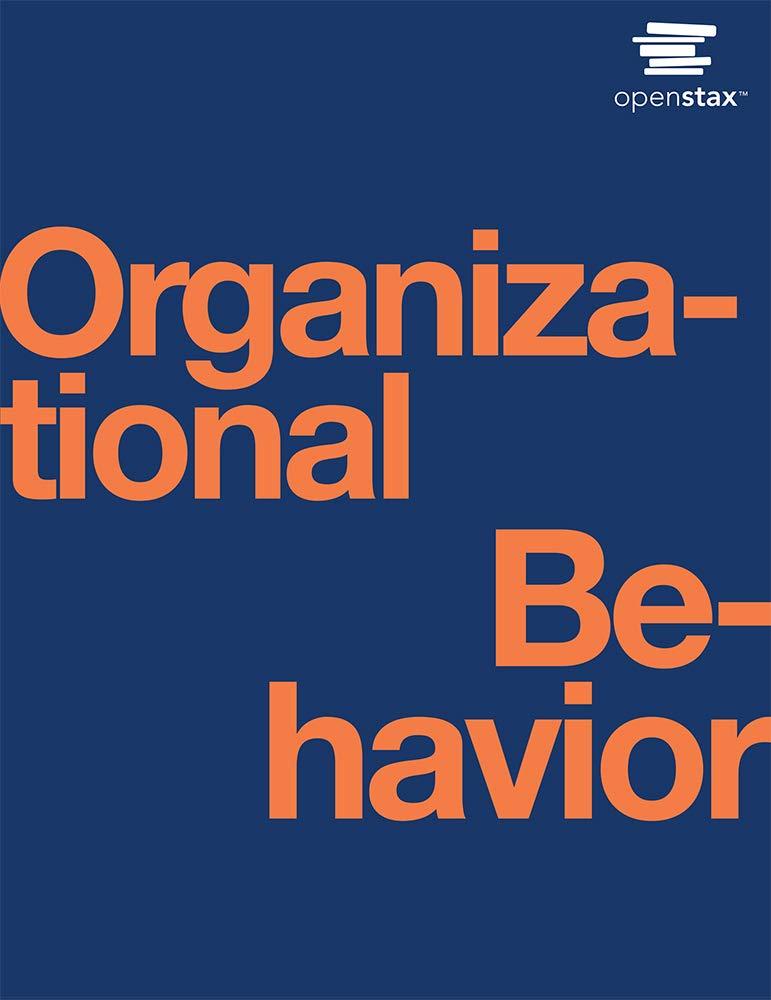David Belaga enjoyed a successful corporate career of over 25 years at Pepsi, Wyeth, Hallmark, and other
Question:
David Belaga enjoyed a successful corporate career of over 25 years at Pepsi, Wyeth, Hallmark, and other leading companies, and was keen to start his own technology-based venture. Although Belaga possessed an undergraduate degree in psychology, he sought to take advantage of technology from federal labs across the United States. While searching the National Aeronautics and Space Administration (NASA) database of available patents to license, Belaga discovered NASA scientist Dr. John Greenleaf’s patent to rehydrate astronauts who suffer from severe dehydration when reentering Earth’s atmosphere. Greenleaf et al.’s research suggested that the formula would also be ideal for athletes facing dehydration due to exertion, sun exposure, or altitude, which could then result in headaches, muscle cramps, dizziness or light-headedness, and other side effects. Key ingredients are: filtered water, sodium citrate (to protect against gastrointestinal upset), sea salt or sodium chloride (key components of sweat), all-natural flavors, citric acid (to cut saltiness), high-intensity sweetener, natural flavors, and preservatives. The liquid concentrate ensures quick absorption by the body, and the formula does not contain any World Anti-Doping Agency (WADA)-listed banned substances, heavy metals, or other adulterants.
NASA’s Technology Partnership Division has the mission of developing partnerships between NASA enterprises and nonaerospace U.S. industrial firms to commercialize innovative technologies. NASA’s Technology Partnership Division offers space, licensing, software, and other small business agreements, and NASA benefits from division license agreements that help fund vital research and development for future products. NASA prioritizes “small business” partnerships, classified by the U.S. Small Business Administration as “. . . firms that are independently owned and operated, organized for profit, and not dominant in the field.” Belaga liked that the formula was used by astronauts, and thought to himself, “The reality is that in less time than it takes to read this paragraph, Coke (Powerade) and Pepsi (Gatorade) could do a work-around formula, but it wouldn’t be the one supported by all the science.” Belaga named the formula “The Right Stuff,” reflecting the book and movie linked to the NASA program and due to the formula’s superior efficacy. Following the submission of a 150-page business plan for The Right Stuff’s commercialization and a 60-day public comment period on the Federal Register, Belaga negotiated final approval and exclusive rights to the technology with a share of royalties for NASA and a guarantee of production in the U.S.
Belaga started his venture with $300,000 in personal funds and $325,000 in “friends and family” investment, and developed a network of contracts with suppliers for supply chain management, manufacturing, and marketing activities. Prior to the launch, Belaga empaneled a set of endurance athletes to create the preferred flavor profiles. He later learned that power athletes (e.g., football, baseball, hockey, and basketball) prefer a sweeter and fruitier taste than do endurance athletes.
Although initial consumer market research suggested the possibility for use by individual endurance athletes (e.g., runners) and first responders (e.g., military, fire, and police), Belaga focused on the institutional market of professional athletic teams, universities, sports clubs, and high schools. Today The Right Stuff is used by most professional North American sports teams (MLB, NBA, NFL, NHL, MLS, etc.) and hundreds of universities across the U.S.
Discussion Questions
1. What benefits do David Belaga and The Right Stuff accrue from the affiliation with NASA technology?
2. What are the societal benefits of the government making technology available for commercialization licensing?
Step by Step Answer:






